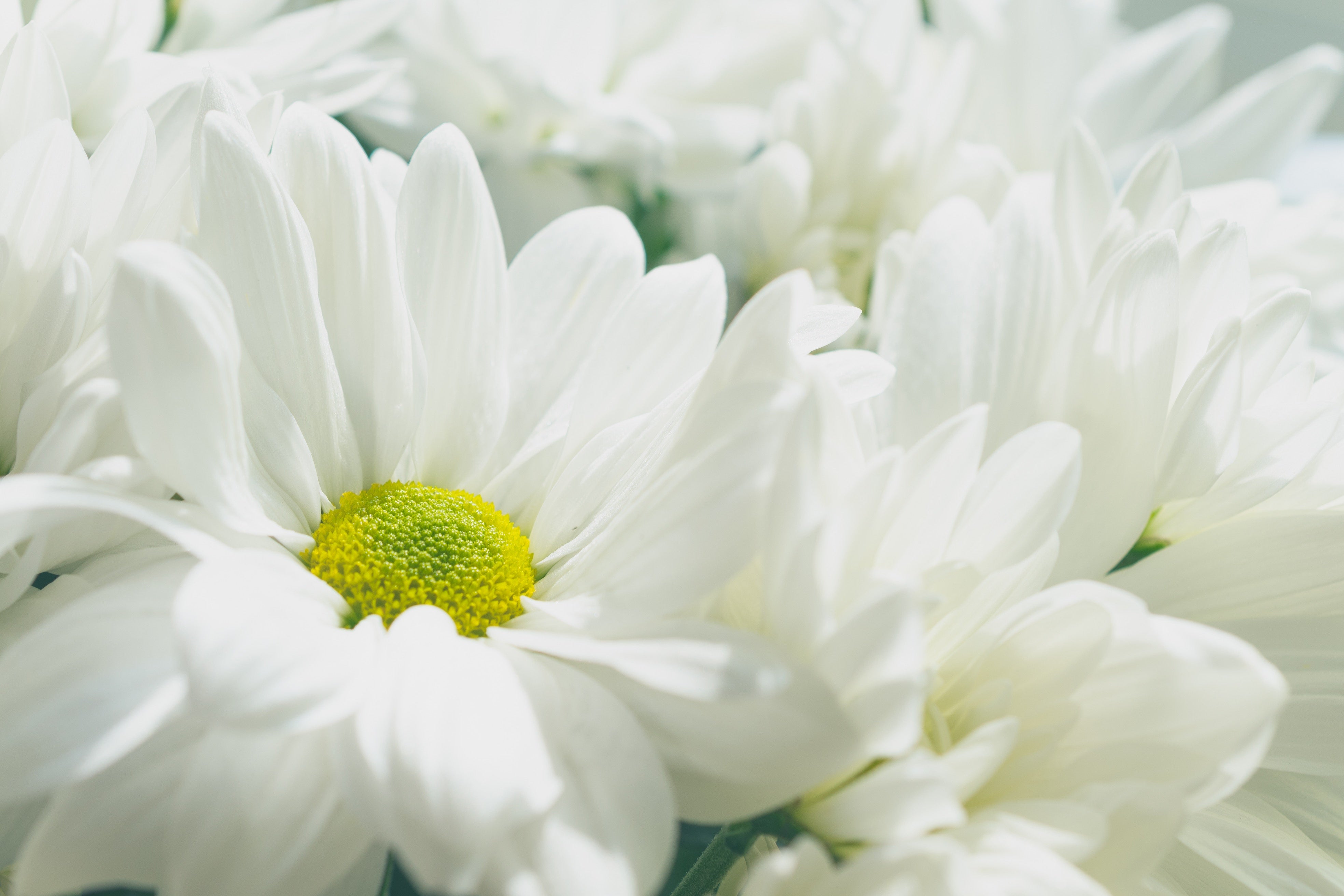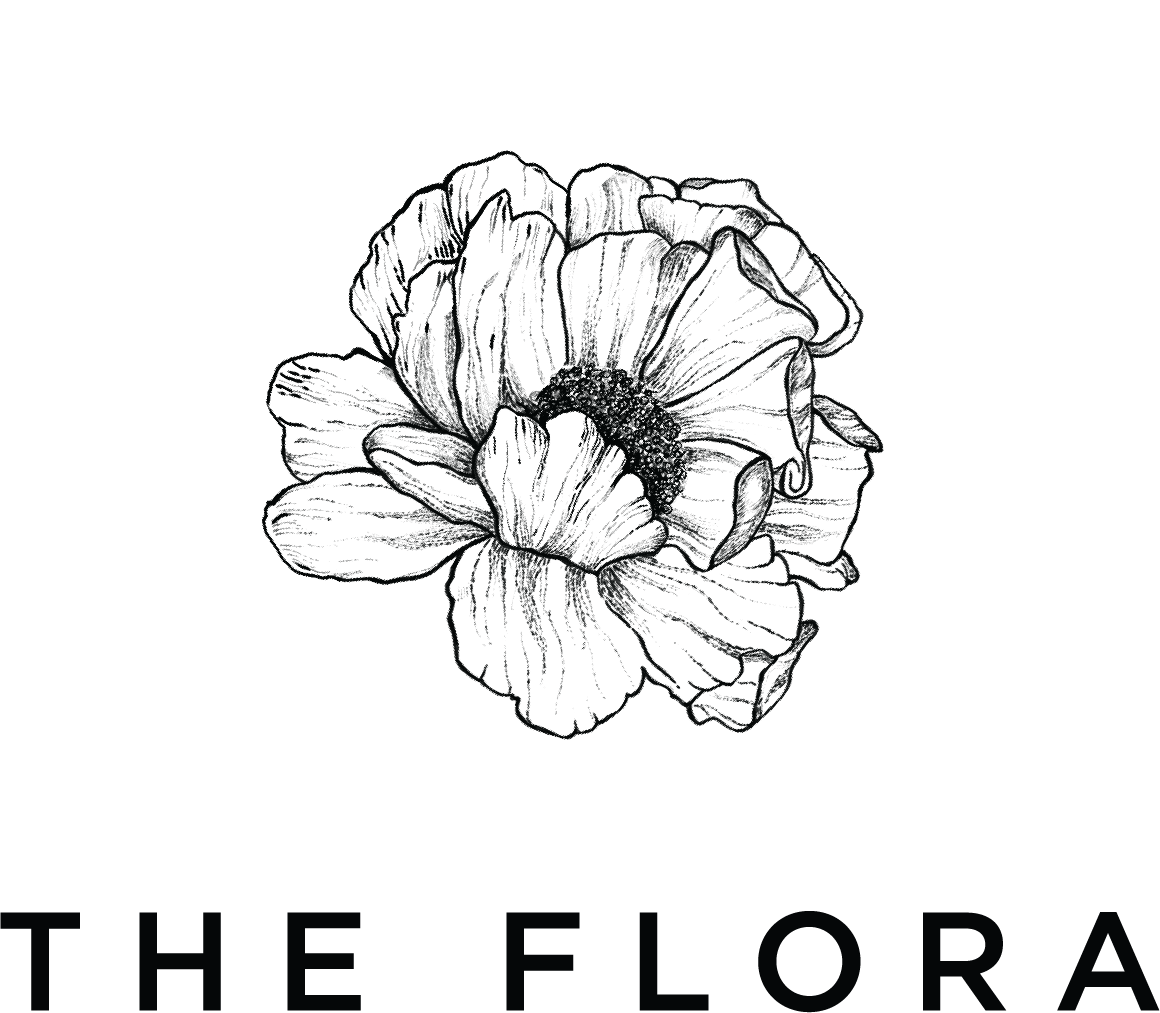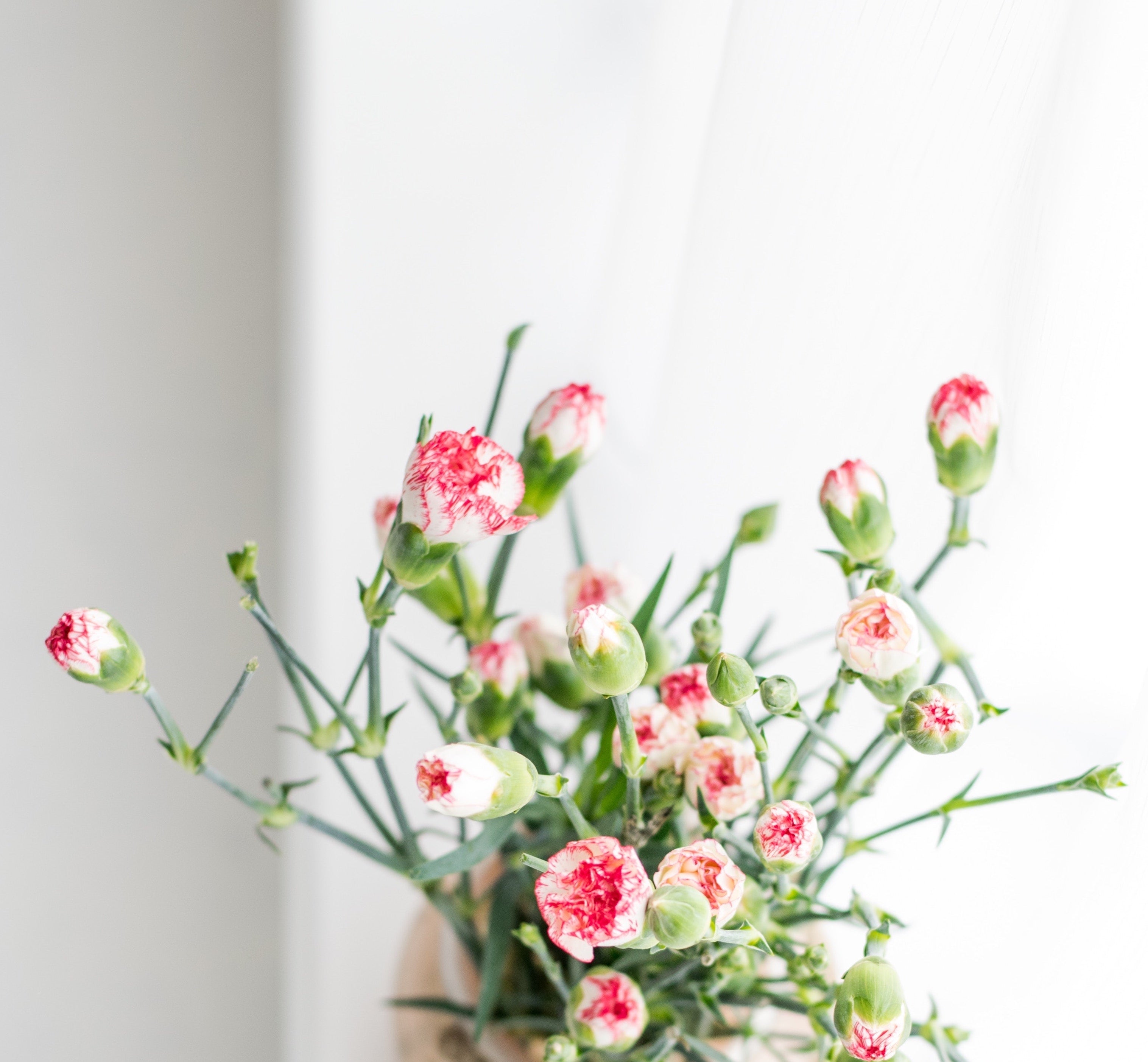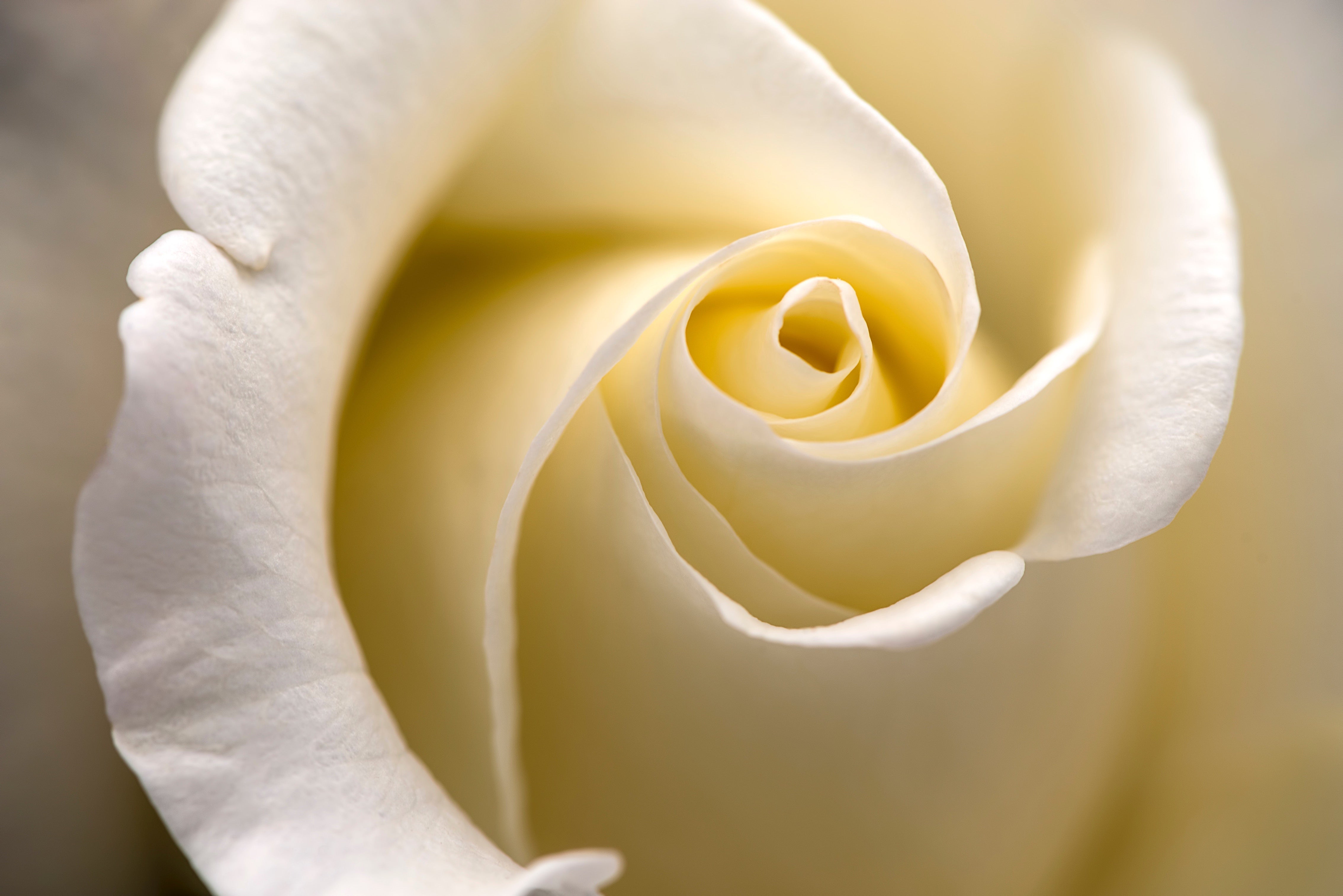
7 Flowers To Keep All The Bugs Away
As the rains near us, it excites us all about the greenery they bring along. But like everything else, there are cons of the rains as well. Rains bring bugs, insects, and diseases with them. But here’s something you should know that will help you enjoy your outdoor sessions every morning without the use of sticky insect repellents.
What if we told you that you could drive away the bugs simply by strategically placing some blossoms around your garden and your house?
Yes, certain flowers use their scent to ward off pests like aphids, mosquitoes and beetles. All you need to do is to try some easy-to-find herbs and flowers, available at most nurseries that repel all annoying insects (including mosquitoes). Organic gardeners plant such flowers near their vegetables. You may add those attractive additions to your homes, that are effective yet safe for your pets and children.
Here's a list that can keep your garden a fun, vibrant, and safe place this season. We have included some ornamental flowers in the list that act as an insect barrier.
Allium
Alliums are flowering plants of exquisite beauty containing hundreds of species including chives, leeks, garlic, onions, shallots and scallions. Alliums repel numerous insects such as slugs, aphids, carrot flies and cabbage worms. Apart from that, they are also resistant to deers, voles, chipmunks and rabbits. There are plants that benefit from the proximity of Alliums such as tomatoes, peppers, cabbage, broccoli, potatoes, kohlrabi and carrots. However, it is advisable to keep Alliums out of reach of dogs and cats as they can be toxic for them. Alliums come with a broad palette of flower forms, heights, colours and bloom times. Hence, they make great cut flowers and bouquets. Alliums can even be grown in your personal garden as they do not take much space.

Chrysanthemum
Commonly referred to as mums, these blossoms are in everyone’s interests because of their bright colour and long lasting nature. Chrysanthemums produce a natural chemical called Pyrethrum, used in majority of insecticides, indoor sprays, pet shampoos and aerosol bombs in the United States. Pyrethrum repels roaches, mosquitoes, beetles, ants, tick, silverfish, lice, fleas, bedbugs, spider mites, harlequin bugs and root-knot nematodes. For this reason, mums are often planted next to vegetables and other crops. However, care must be taken before using Pyrethrum in an insecticidal form as it has potential to cause cancer and other insecticide poisonings.

Marigold
Marigolds are the sun-loving flowers often used by farmers to keeps pests at bay. They are hardy and bright with large, full blooms. Once grown, marigolds will prove to be beautiful and colourful additions in your yard with a distinctive smell that serves to turn the bugs away. Plant some marigolds among your squash, melons and tomatoes or near your open windows/doorways and they shall take care of all your garden pests, mosquitoes, aphids, nematodes, and even rabbits.

Nasturtium
One of the many edible flowers, Nasturtiums have a spicy flavour and come in a variety of bright and unusual colours. Not only do they add interest to your garden, but also to your salad bowls, soups and other dishes. You may use these blossoms as a trap-crop for various insects, such as aphids and cabbage moths, prefer yellow nasturtiums over cabbage, kale, broccoli, and other vegetables. You may also use nasturtiums as companion-crops as they release an airborne chemical that repels cucumber beetles, whiteflies and squash bugs. Hence, nasturtiums are the ideal choice to be planted along the edges of your garden.

Petunia
Petunias are bright, funnel shaped beauties available in various sizes. These blossoms require minimal maintenance and have a licorice-like scent which acts as a repellent for many insect pests such as aphids, tomato hornworms, asparagus beetles, leafhoppers and squash bugs. However, similar to nasturtiums, petunias too can be used as a trap as they attract garden pests such as slugs and caterpillars.
Petunias require a sunny spot. Hence, they can be grown in garden beds, hanging baskets or even kept in a window box.

Geranium
Originally cultivated as a houseplant from spring until fall, geraniums are a great choice for sunny beds and borders tucked in with other seasonal and perennials. Geraniums not only lend beauty to your landscape but can also be added to various dishes, salads and dessert puddings due to its essential oils. These scented edible blossoms release their aroma with the lightest touch and succeed in repelling mosquitoes, wasps and other insects. The best geraniums are the ones with lemon or orange-like fragrance. When used as cut flowers, they may add a splash of colour to your home décor.

Floss flower
Ageratum houstonianum is the botanical name of the Floss Flower. These bloom from mid-summer to fall and are available in a wide range of colours from blue, purple and lavender to pink, red and white. Floss flowers contain coumarin, a chemical that repels mosquitoes (also found in sweetgrass). If applied directly to the skin, some species can cause irritation. The plant repels deers and rabbits but attracts butterflies. The smaller varieties of floss flowers are ideal for flower beds, borders, edgings, mass planting, rock gardens or ground covers whereas the taller varieties are an excellent choice for cut flowers.

Also, since standing water is an instant breeding ground for mosquitoes, one must keep a check/ eliminate any stagnant water including bird baths and buckets. Keep your trash covered and far away from your leisure spots outside. Make it a point to keep your food covered when eating outdoors. And if those pesky vermins still manage to get past, you can get rid of them in an organic manner. Bring into play the colourful blossoms and curb all diseases caused & transmitted by bugs and insects.
We hope this article helps you keep your ornamental beds attractive, and vegetable gardens productive, and you and your family safe.


